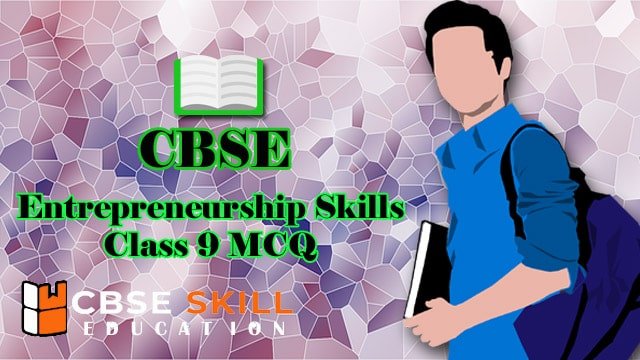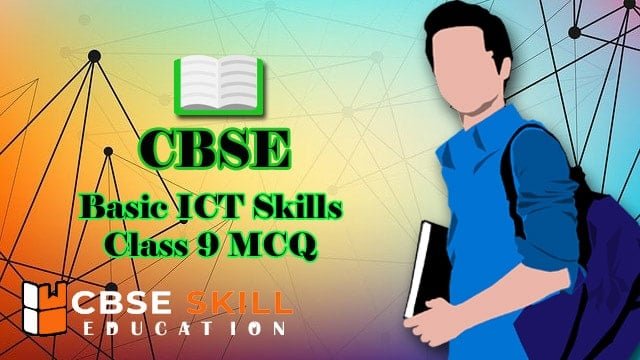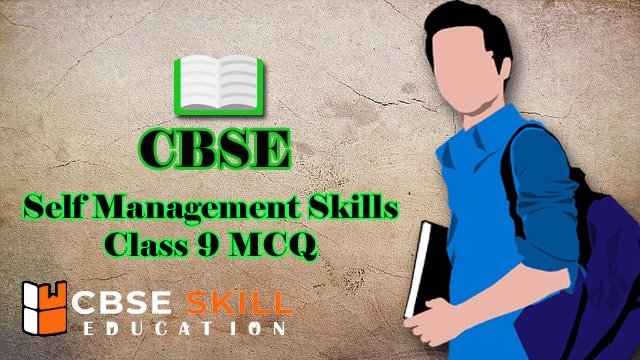Important Green Skills Class 9 MCQ
Green Skills Class 9 MCQ has been designed by the teachers and examiners team. The team have collected all Important NCERT MCQ from Green Skills unit, this all MCQs are given topic wise. The CBSE Employability Skills Class 9 MCQ is a useful resource for students studying in class 9. The page offers notes and … Read more





